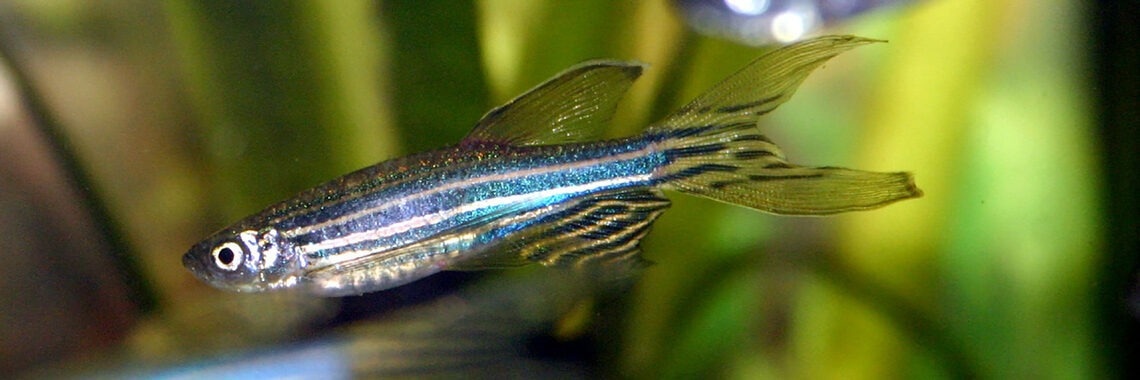Zebrafish mutants were found by a team of researchers about 15 years ago. These zebrafish’s eyes did not mature properly, which explains why they are much smaller than the eyes of zebrafish found in the wild.

Image Credit: Okinawa Institute of Science and Technology Graduate University.
Using this mutation, Prof. Ichiro Masai, one of these researchers and head of the Developmental Neurobiology Unit at the Okinawa Institute of Science and Technology (OIST), and Dr Swathy Babu, a former PhD student, have discovered the function of a protein in preventing cell death. This may have significant effects on how cancer therapies are created as well as how the cell cycle is controlled.
Many cells that develop tumors reportedly have an issue with this protein. Furthermore, the importance of the protein for regulating the cell cycle and helping DNA repair has also previously been hypothesized, but not rigorously tested.”
Ichiro Masai, Study Senior Author, Professor and Head, Developmental Neurobiology Unit, Okinawa Institute of Science and Technology
The study was published in the journal eLife.
When the DNA of a cell is damaged, the process of replication will halt at the damaged point. The cell will then start a cascade of proteins in an effort to repair the DNA in various ways. But if every pathway a cell uses fails, the cell will perish. Prof. Masai proposed the theory that the abnormal eye development in the mutant zebrafish was caused by an increase in cell deaths.
A protein named banp has long been assumed to have a role in cell cycle regulation and tumor suppression. However, because removing the gene in mice or other model species led to the embryo’s death, all prior study had been done in cell cultures. Zebrafish embryos, which grow outside of the parent’s body, supplied the perfect test subject.
As part of her dissertation for PhD in the Developmental Neurobiology Unit, Dr Babu examined the function of banp in controlling the cell cycle. On chromosome 25 lies the gene that produces the banp protein.
First, the scientists sequenced the fish with extensive mutation and discovered the banp gene. They later added a second mutation to the banp gene in growing zebrafish that did not have this mutation. The resultant zebrafish also had eyes that did not develop correctly. This strengthened their argument that banp is essential for DNA repair.
The following query concerned banp’s actions and how the mutations affected how an organism developed. The researchers opted to analyze the expressed genes in mutant and wild-type zebrafish after banp was recently identified as a key protein for turning DNA to RNA. They discovered that 31 genes, which had numerous direct and indirect effects, appeared to be promoted in their expression by banp.
Researchers specifically examined various strategies that the cell might employ to repair the DNA during cell growth in this study. They discovered that each of these mechanisms needed proteins made by the banp gene, that were not even produced to the same levels in the mutant version. DNA repair simply could not occur without banp functioning normally.
Banp seems to be a multiple regulator, influencing many different proteins, from DNA repair to cell duplication to tumor suppression.”
Dr Swathy Babu, Study First Author, Okinawa Institute of Science and Technology
As a result, it appears that a mutation in the banp gene causes cell death. The researchers anticipate that this work will inspire additional research on the connections between cancer and cell cycle control.
Cell division of wild type cells vs banp mutant cells
Cell division of wild type cells vs banp mutant cells. Video Credit: Okinawa Institute of Science and Technology Graduate University.
Source:
Journal reference:
Babu, S., et al. (2022) Banp regulates DNA damage response and chromosome segregation during the cell cycle in zebrafish retina. eLife. doi.org/10.7554/eLife.74611.